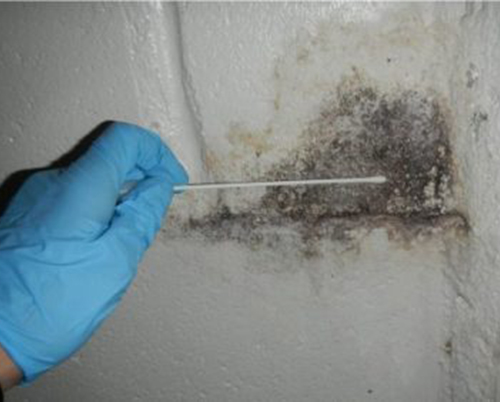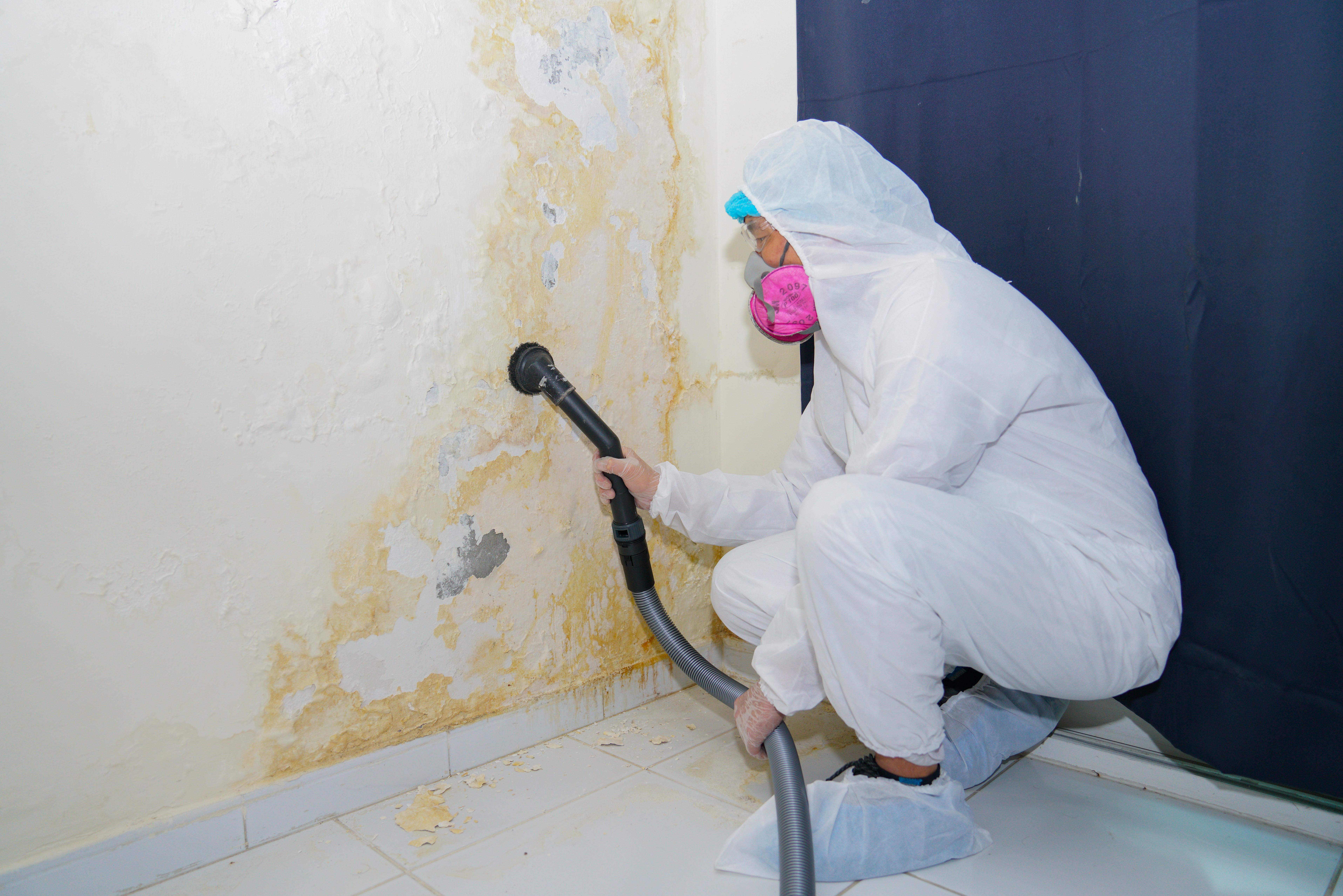Testing Air Quality After Mold Remediation
Wiki Article
Your Ultimate Guide to Post Mold Removal Methods
Browsing the world of post-mold remediation techniques is a thorough process that requires focus to detail and a comprehensive understanding of the ins and outs entailed. In the results of mold infestation, understanding exactly how to efficiently eliminate the mold and avoid its reoccurrence is paramount for preserving a healthy indoor setting. From choosing the best cleaning and decontaminating techniques to implementing approaches for long-term mold and mildew prevention, each action in the removal trip plays a critical role in making certain an effective result. As we start this expedition of post-mold remediation strategies, we will discover the vital techniques and ideal methods that can assist you recover your area to its pre-mold condition and guard it against future mold risks.Understanding Post-Mold Remediation Process
After completing the mold and mildew removal process, it is essential to recognize the post-mold remediation methods that are essential to ensure a effective and comprehensive cleanup. When the mold and mildew has been gotten rid of, the next action involves cleansing and sanitizing the impacted locations to stop any type of regrowth of mold and mildew. This includes using specialized cleaning representatives to clean down surfaces and eliminate any continuing to be mold spores. It is vital to dry out the location totally to prevent the development of mold in the future (Post Remediation verification). Appropriate ventilation and dehumidification can assist in this process.
Furthermore, performing a final examination post-remediation is important to guarantee that all mold has been successfully eradicated. If the examination reveals any sticking around mold and mildew, additional remediation may be essential.
Reliable Cleaning and Disinfecting Techniques

Preventing Future Mold And Mildew Growth

Relevance of Correct Air Flow
Proper air flow plays a vital role in protecting against dampness accumulation, a key element in mold growth within article interior atmospheres. Effective ventilation systems help get rid of excess moisture from the air, decreasing the opportunities of mold spores finding the dampness they need to spread out and sprout. Without appropriate air flow, interior spaces can come to be a reproduction ground for mold and mildew, causing prospective wellness risks and structural damage.By making sure proper air circulation, ventilation systems can also help in drying out moist areas quicker after water damages or flooding occurrences, even more preventing mold and mildew growth. Post Mold remediation cleaning. In spaces like washrooms, cooking areas, attics, and basements where moisture levels tend to be greater, installing and keeping reliable air flow systems is important in stopping mold and mildew infestations

Tracking and Maintenance Tips
Provided the vital role that appropriate air flow plays in stopping mold and mildew growth, it is essential to develop efficient tracking and maintenance ideas to ensure the continued functionality of ventilation systems. Regular examinations of ventilation systems must be conducted to inspect for any signs of clogs, leaks, or breakdowns that might hamper proper air flow. Tracking moisture levels within the property is additionally essential, as high moisture can add to mold and mildew growth. Mounting a hygrometer can assist track moisture degrees and alert house owners to any spikes that may require focus. In addition, making sure that air filters are routinely cleansed or replaced is essential for preserving the effectiveness of the ventilation system. Applying a timetable for regular maintenance jobs, such as duct cleansing and cooling and heating system examinations, can help stop problems prior to they intensify. By remaining attentive and aggressive to the condition of air flow systems, homeowner can successfully mitigate the risk of mold and mildew regrowth and maintain a healthy and balanced interior atmosphere.
Final Thought
To conclude, post-mold remediation strategies are necessary for ensuring a secure and clean setting. Understanding the procedure, executing efficient cleaning and decontaminating techniques, preventing future mold development, keeping correct air flow, and normal surveillance are all critical action in the removal procedure. By following these guidelines, you can successfully remove mold and mildew and stop its return, advertising a healthy living or working area for all occupants.In the results of mold and mildew problem, recognizing how to efficiently remove the mold and mildew and stop its reoccurrence is extremely important for keeping a healthy interior atmosphere. Once the mold has actually been gotten rid of, the following action includes cleaning and decontaminating the impacted locations to stop any kind of regrowth of mold - After mold remediation. After removing visible mold growth, it is important to clean see post up all surfaces in the damaged area to remove any continuing to be mold and mildew spores. To better my link enhance mold and mildew prevention measures, it is necessary to address underlying concerns that originally led to mold and mildew development.Given the vital function that correct ventilation plays in preventing mold and mildew growth, it is necessary to develop efficient monitoring and maintenance tips to guarantee the ongoing capability of air flow systems
Report this wiki page